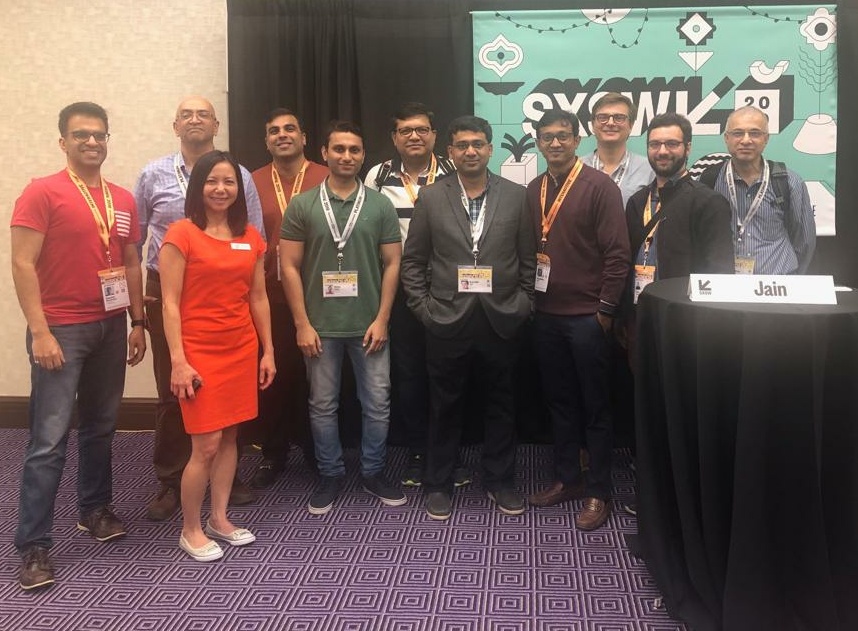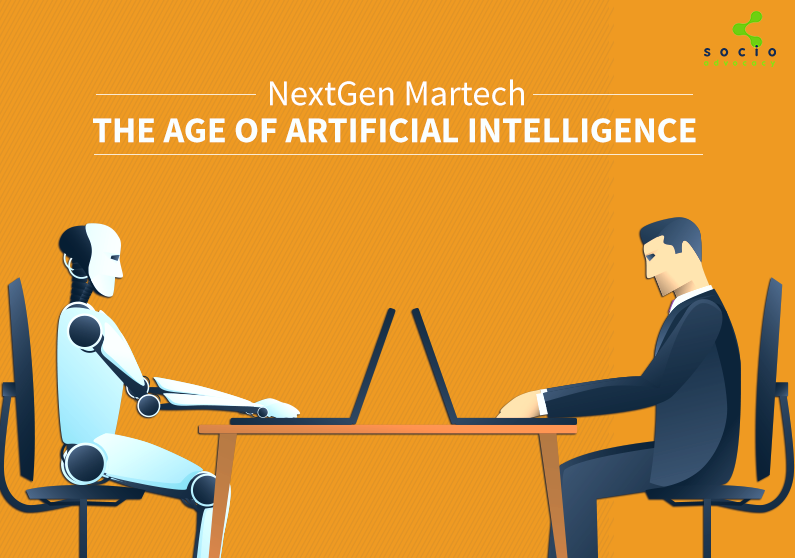Originally published on LinkedIn.
The digital world is constantly evolving, and with it, the tools available to build and manage a successful website. Two major forces shaping this landscape are artificial intelligence (AI) and human expertise. But when it comes to your website, which should you use for what tasks? This article explores the strengths and weaknesses of AI and humans in website building, SEO (Search Engine Optimization), paid advertising, and more, to help you make informed decisions.
Understanding AI and Humans for Website Management
AI
AI refers to computer programs that can mimic human intelligence. In website management, AI takes the form of algorithms and tools that automate tasks, analyze data, and even generate creative content.
Strengths:
- Speed and Efficiency: AI excels at handling large amounts of data quickly and efficiently. It can analyze website traffic patterns, identify trends, and optimize content in a fraction of the time it takes a human.
- 24/7 Availability: AI tools are tireless. They can work around the clock, monitoring your website and suggesting improvements without breaks.
- Reduced Bias: AI decisions are based on data, not emotions. This can be helpful in tasks like A/B testing (comparing different website elements) where human subjectivity can cloud judgment.
Weaknesses:
- Limited Creativity: While AI can generate content, it often lacks the originality and emotional intelligence of a human writer.
- Difficulty with Complexity: AI struggles with tasks that require complex decision-making, understanding context, or adapting to unforeseen circumstances.
- Explainability Issues: AI’s decision-making process can sometimes be a black box, making it hard to understand why it suggests a particular course of action.
Humans
Human expertise brings a unique blend of creativity, critical thinking, and emotional intelligence to the table.
Strengths:
- Creativity and Innovation: Humans can come up with fresh ideas and solutions, write compelling content that resonates with audiences, and adapt to changing situations.
- Understanding Context: Humans can grasp the nuances of language, user behavior, and brand identity, making better decisions that align with your website’s goals.
- The Human Touch: Humans can build relationships with customers, address complex issues, and provide a personal touch that AI simply can’t replicate.
Weaknesses:
- Time Constraints and Bias: Humans can be limited by time and can be susceptible to unconscious bias in decision-making.
- Scalability: It’s expensive and time-consuming to scale up human efforts compared to using AI for repetitive tasks.
AI vs Humans: A Breakdown by Task
Now, let’s delve deeper into how AI and humans can complement each other in specific website management tasks:
Website Building
- AI: AI-powered website builders are great for creating basic, functional websites with drag-and-drop interfaces and pre-designed templates. This is ideal for small businesses or individuals who need a quick and easy online presence.
- Humans: While AI builders offer convenience, they lack the flexibility to create a truly unique and brand-specific website. For a more customized website that reflects your brand identity and caters to your specific needs, a human web developer is the way to go.
SEO
- AI: AI tools can analyze your website content and identify areas for improvement based on SEO best practices. They can also monitor keyword rankings and suggest content updates to stay relevant.
- Humans: AI can be a valuable SEO assistant, but it can’t replace a human SEO specialist. Humans understand the ever-changing search engine algorithms and can create high-quality, targeted content that attracts organic traffic. Additionally, SEO involves building backlinks (links from other websites to yours), which requires strategic outreach, a task best suited for humans.
Content Marketing
- AI: AI can help generate content ideas, headlines, and even basic blog posts. However, these posts often lack the depth, voice, and emotional connection needed to truly engage an audience.
- Humans: While AI can be a starting point, human content creators can craft compelling and informative content that resonates with your target audience. They can also tailor content to different platforms and formats (e.g., blog posts, videos, infographics).
Paid Advertising
- AI: AI can automate tasks like bidding on keywords for pay-per-click (PPC) advertising and optimizing ad campaigns based on real-time data.
- Humans: AI can streamline the process, but human expertise is crucial for campaign strategy, audience targeting, and creative development. Humans can analyze the data provided by AI and make informed decisions about budget allocation, ad copywriting, and landing page optimization.
Customer Service
- AI: Chatbots powered by AI can answer basic customer questions, provide 24/7 support, and handle simple transactions.
- Humans: While AI chatbots can be helpful, they can’t handle complex inquiries or situations requiring empathy and understanding. Humans are essential for building rapport with customers, resolving escalated issues, and providing a personalized customer experience.
The Winning Formula: Collaboration, not Competition
Here’s the key takeaway: AI and humans aren’t competitors in website management; they’re powerful allies. The most successful websites leverage the strengths of both.
Here are some tips for a winning collaboration:
- Identify Repetitive Tasks: Use AI to automate repetitive tasks like data analysis, keyword research, and basic content generation. This frees up human time for more strategic thinking and creative endeavors.
- Focus on Human Strengths: Let humans handle tasks that require creativity, critical thinking, and emotional intelligence, such as crafting brand messaging, building relationships with customers, and developing content strategy.
- Use AI as a Tool: Don’t blindly follow AI suggestions. Use AI as a tool to inform your decisions, but always exercise human oversight and critical thinking.
- Invest in the Right Skills: As AI continues to evolve, focus on developing the human skills that complement it. This includes skills like communication, critical thinking, creativity, and problem-solving.
By embracing a collaborative approach, you can leverage the power of AI to streamline your workflow, while harnessing human ingenuity to create a truly successful website that stands out from the crowd.
The Future of AI and Humans in Website Management
The future of website management is bright and collaborative. We can expect AI to become even more sophisticated, offering even more advanced tools and insights. However, human expertise will continue to be vital for strategic decision-making, creative thinking, and building meaningful connections with your audience. As technology continues to evolve, the key will be to find the right balance between AI automation and human creativity to ensure your website thrives in the digital world.





